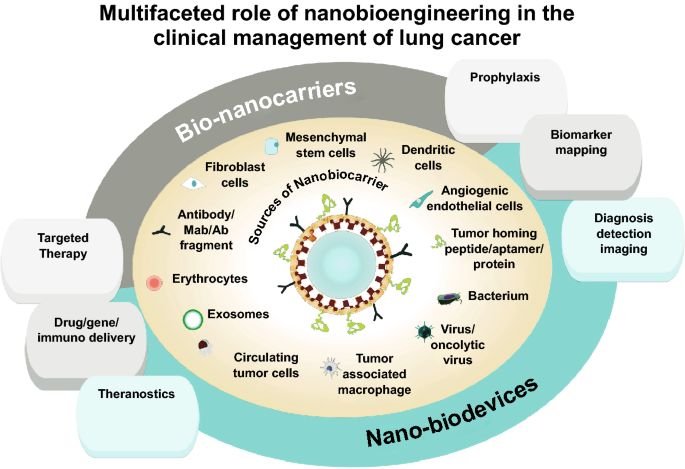


Commercially available functional groups for a DSPE-PEG(2000) monomer include: primary amine, carboxylic acid, maleimide, PDP (3-(2-pyridyldithio)propionate) and biotin.
Huber dmg 2000 free#
This is primarily because PEG-lipid monomers can be created with different chemical functionalities at the free end of the PEG chain that can be used to covalently link peptides or other ligands to the PEG-lipid. PEG-lipid monomers provide a platform for facile creation of multifunctional micelles that display complex biological signals. While there are benefits to the use of small nanoparticles, there is also a need to give them complex function so they can overcome obstacles presented by their small size. 12 As a result, small particles reach cellular targets more efficiently, but require a mechanism to escape lysosomal degredation. 11 Furthermore, the mechanism of cellular uptake and subsequent intracellular routing is also affected by size, with smaller particles being internalized via clathrin-coated pits and more likely to reach lysosomes. 10 In addition, small size causes enhanced accumulation in target organs by minimizing nonspecific clearance in reticuloendothelial system tissues like the liver and spleen. Smaller particles accumulate in pathological tissues with leaky vasculature via the enhanced permeability and retention effect. 9 Small size alone gives these micelles favorable properties for in vivo drug delivery since extravasation, tissue localization and cellular uptake are facilitated by small particle size.

In aqueous solution, DSPE-PEG(2000) micelles are oblate spheroids with a maximum diameter of 18 nm and an aggregation number near 90.

4 – 8 Biological functionality of the micelles can be in the form of hydrophobic cargo sequestered in the micelle core as well as hydrophilic targeting or imaging agents conjugated to the free end of the PEG chains in the corona. 1 – 3 DSPE-PEG(2000) and similar PEG-lipid monomers have been used to create micelles capable of solubilizing hydrophobic drugs or incorporating imaging agents, and delivering them to specific locations via targeting ligands conjugated to a fraction of the monomer units. Micelles formed from 1,2-distearoyl-sn-glycero-3-phosphoethanolamine-N- (DSPE-PEG(2000), or generally PEG-lipid) have shown promise as nanoparticles for drug delivery. The observation of a glass transition that increases micelle stability but does not perturb micelle geometry is useful for the design of more effective biofunctional micelles. Activation energies for monomer desorption are 156 ± 6.7 and 79 ± 5.0 kJ/mol for the glassy and fluid phases, respectively. Increased micelle stability is seen in the glassy phase with monomer desorption rates significantly lower than in the fluid phase. Equilibrium micelle geometry is spheroidal above and below the transition temperature indicating that the entropic penalty to force the PEG brush into flat geometry is greater than the enthalpic benefit to the glassy core to pack in an extended configuration. Bulky PEG(2000) head groups prevent regular crystalline packing of lipids in both the low-temperature glassy and high-temperature fluid phases, as evidenced by wide-angle x-ray scattering. A melting transition in the lipid core of spheroidal DSPE-PEG(2000) micelles is observed as an endothermic peak at 12.8☌ upon heating in differential scanning calorimetry thermograms. This work investigates the physical chemistry of micelles formed from DSPE-PEG(2000) monomers as it pertains to these properties. Micellar nanoparticles are showing promise as carriers of diagnostic and therapeutic biofunctionality, leading to increased interest in their properties and behavior, particularly their size, shape, and stability.


 0 kommentar(er)
0 kommentar(er)
